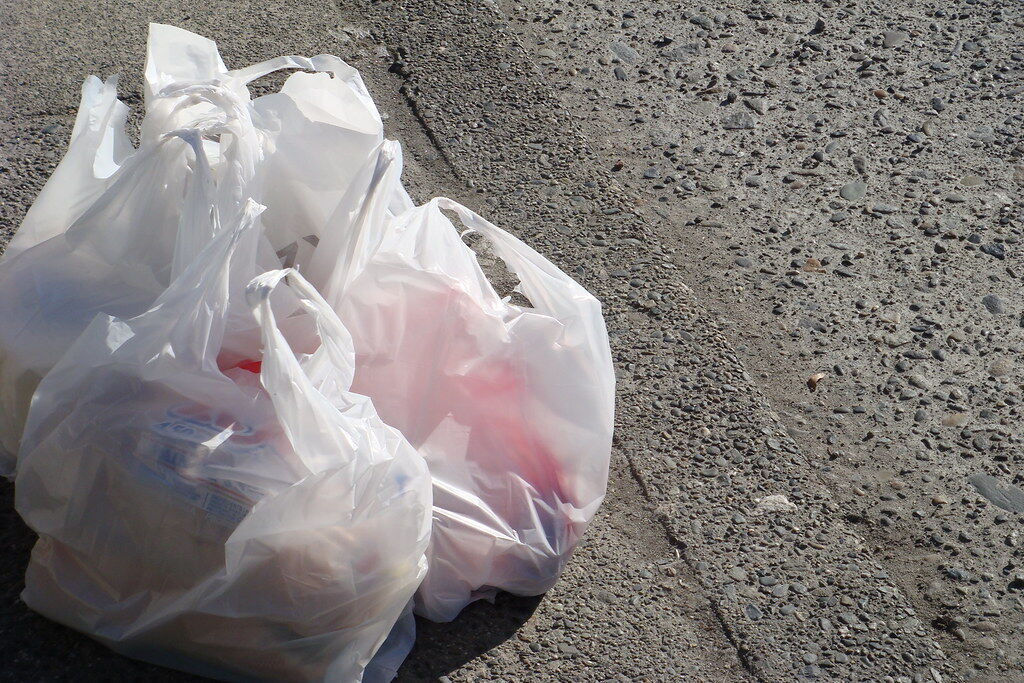Plastic Ban In India
Single-use plastic ban is a step in the right direction but we need a permanent replacement.
The notorious problem of plastic pollution in India has been prevalent since many decades. Finally, it was addressed in the recent United Nations meet. Prime Minister Modi has pledged in front the world to eliminate single-use plastic by 2022.
Although, it is a much desired and awaited move from the Indian government, it has stirred the markets as there is no alternative in sight. The prevalence of plastic in almost every sphere of our lives is owed to a single reason: it's cheap. Its convenience is hard to match hence making it indispensable and unimaginable to replace it.
What is single-use plastic?
It is a form of plastic that is disposable, which is only used once and then has to be thrown away or recycled. Examples: Water bottles, straws, coffee stirrers, cups, plates, plastic cutlery etc.
Why is it being banned?
Plastic is choking our habitat at an alarming rate. Its minimum life span is 400 years so the menace it has created is fathomable. So, this ban is the need of the hour.
The Indian attempt
· First phase: Spread Nation-wide awareness
· Second phase: Collection of single-use plastic items by government agencies
· Last phase: It will be recycled efficiently.
The plastic ban does exist in some states of India like Sikkim, Delhi, Karnataka, Tamil Nadu, Nagaland, and Jharkhand.
Companies caught selling plastic products could be hit with a fine of up to 25,000 Rupees and 3 months imprisonment for repeat offenders. In the first weekend, reports of 400,000 rupees of fines imposed on more than 80 businesses, including McDonald's and Starbucks.

The real culprit: mismanagement of waste
The problem does not lie in merely the amount of production but in the disposal of it. Around 90% of the country's waste is mismanaged. India produces plastic equivalent to 150 large blue whales. India generates about 26,000 tonne of plastic waste every day. But over 10,000 tonne remain uncollected. Much of this goes into the Ocean. Around 7% of the plastic comes from Ganga, the largest river of the country. Most part of the recycling sector is informal, unorganized and operates in the absence of government supervision. (Bloomberg)
Alternatives
There are alternatives that can be used instead of plastic for packaging goods.
1. Plant-based plastics: These are bio-plastics are made from a variety of sources such as corn. This is sustainable to produce as its made from waste products.
2. Shower-friendly paper: Made by Ecologic, the outer card is recyclable and compostable. It uses 60% less material than regular plastic bottles.
3. Palm leaves: The leaves fall naturally from areca palm. They are Eco-friendly as they are a waste product of areca palm and bio-degradable too.
4. Silberboard: This can be used for food on the go and labeling e.g.- for food and pharmaceuticals.
India needs to adopt an efficient recycling ecosystem for now and simultaneously introduce alternatives to plastic packaging in the meantime. When both of these measures are in place the government may then go against plastic.
Written by: Apurva Bharadwaj and Krishna Raj




